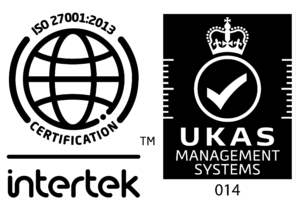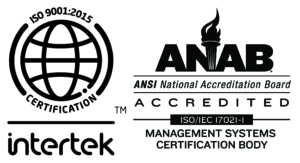Method 21 and the phx42
Leak detection is an essential part of environmental compliance in many industries, and complying with regulations can be challenging. Method 21 is a commonly used EPA method for leak detection, and there are instruments available to help comply with the method, such as the phx42. In this blog post, we will compare the requirements of Method 21 to the capabilities of the phx42 instrument.
Which CFR Parts Require Inspections Done by Method 21?
Before we dive into the comparison, it’s worth mentioning which CFR parts require inspections done by Method 21. Method 21 is required by a number of EPA regulations, including, but not limited to:
- 40 CFR Part 60, Subpart OOOO – Standards of Performance for Crude Oil and Natural Gas Production, Transmission and Distribution
- 40 CFR Part 61, Subpart M – National Emission Standards for Hazardous Air Pollutants: Oil and Natural Gas Production
- 40 CFR Part 63, Subpart ZZZZ – National Emission Standards for Hazardous Air Pollutants for Stationary Reciprocating Internal Combustion Engines
- 40 CFR Part 65, Subpart F – Standards for Hazardous Air Pollutants for Petroleum Refineries
Detector Type
The detector type is crucial in leak detection, as it determines the compounds the instrument can detect. Method 21 requires that the VOC instrument detector responds to the compounds being processed. Detector types that meet this requirement include catalytic oxidation, flame ionization, infrared absorption, and photoionization. The phx42 uses a flame ionization detector (FID), which detects hydrocarbons by measuring the ionization produced by a flame in contact with a sample gas. The FID is highly selective to hydrocarbons and has a low detection limit. Compared to other detector types, the FID is easy to use, reliable, and cost-effective.
Measuring Accuracy
Accurate measuring is essential in leak detection to ensure that leaks are detected at the correct concentration. Method 21 requires that the instrument is capable of measuring the leak definition concentration specified in the regulation. The phx42 has an accurate range of 0 – 100,000 ppm, which meets this requirement. This accuracy is due to the sensitivity of the FID, which is capable of measuring low concentrations of hydrocarbons.
Readability
The readability of the instrument meter scale is critical in leak detection to ensure that leaks are detected accurately. Method 21 requires that the scale of the instrument meter is readable to ±2.5 percent of the specified leak definition. The phx42 displays one tenth of 1 ppm, which meets this requirement. This readability is due to the high sensitivity of the FID, which allows for accurate measurement of low concentrations of hydrocarbons.
Flow Rate
The flow rate of the instrument is essential in leak detection to ensure that the detector is supplied with a constant flow of sample gas. Method 21 requires that the instrument is equipped with an electrically driven pump to ensure that a sample is provided to the detector at a constant flow rate of 0.1 to 3.0 liter per min. The phx42 uses pump throttling to maintain a constant flow rate of 0.3 liters per min regardless of probe length and partial filter obstruction, which meets this requirement. This flow rate is essential for efficient leak detection and ensures that the FID is supplied with a constant flow of sample gas.
Probe Size
The probe size is crucial in leak detection to ensure that the instrument can access the areas where leaks may occur. Method 21 requires that the instrument is equipped with a probe or probe extension for sampling not to exceed 6.4 mm (1/4 in) in outside diameter, with a single end opening for admission of sample. The phx42 uses a 0.225 inch metal probe tip, which meets this requirement. This probe size is essential for accessing tight spaces where leaks may occur.
Intrinsic Safety
Safety is a significant concern in leak detection, as the process may involve explosive gases. Method 21 requires that the instrument is intrinsically safe for operation in explosive atmospheres as defined by the National Electrical Code by the National Fire Prevention Association or other applicable regulatory code for operation in any explosive atmospheres that may be encountered in its use. The instrument shall, at a minimum, be intrinsically safe for Class 1, Division 1 conditions, and/or Class 2, Division 1 conditions, as appropriate, as defined by the example code. The instrument shall not be operated with any safety device, such as an exhaust flame arrestor, removed. The phx42 has been certified intrinsically safe for Class 1 Division 1 Groups ABCD Temperature Rating T4. Documentation of this certification can be found on LDARtools.com.
Conclusion
When it comes to leak detection, complying with EPA regulations can be challenging. Method 21 is a commonly used EPA method for leak detection, and the PHX42 instrument is an efficient tool for complying with the method. By comparing the requirements of Method 21 to the capabilities of the phx42 instrument, we can see that the phx42 meets or exceeds the requirements for detector type, measuring accuracy, readability, flow rate, probe size, and intrinsic safety. Whether you work in the oil and gas industry or petroleum refineries, the phx42 instrument is a reliable solution for meeting EPA regulations for leak detection.





